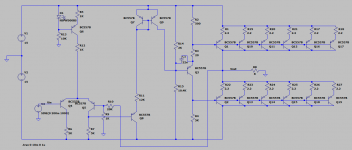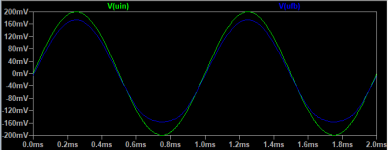Custom MTG Design Flex-8
Hi,
I’m planning to build a modified Flex-8 speaker from MTG. I have questions that I hope some of you could answer.
#1
Without changing the internal volume or box tuning, I would like to design the box in a more altec-ish fashion. That is: bass cabinet with front port, and "naked" horn on top.

Do you think it might dramatically alter the sound? — because of baffle diffraction, speakers alignment, port shape and placement etc…
#2
How critical is the choice of the horn? I like the Celestion H1SC-8050, but I feel a wider shape would both be more æsthetic and adapted to my objectives (I’d like the widest horizontal dispersion possible).
I’m thinking Dayton Audio H6512, Dayton Audio H812, BMS 2119, B&C ME45… Would those work with the LaVoce DF10.101LS?
I know that horns shapes and materials affect sound, but my question is how much? Does changing the horn necessarily calls for a dramatic redesign of the crossover?
—
In a nutshell, I guess I’m asking how much these small edits could ruin the sound, or not.
Note that I’m not a hifi-purist looking to the ‘perfect’ sound. My concern is avoiding to spend hours and hundreds on a project that is predictably going to sound bad.
Thanks everyone 🙂
PS: MTG, if you read this, thank you so much for your blog. It has been immensely helpful.
I’m planning to build a modified Flex-8 speaker from MTG. I have questions that I hope some of you could answer.
#1
Without changing the internal volume or box tuning, I would like to design the box in a more altec-ish fashion. That is: bass cabinet with front port, and "naked" horn on top.
Do you think it might dramatically alter the sound? — because of baffle diffraction, speakers alignment, port shape and placement etc…
#2
How critical is the choice of the horn? I like the Celestion H1SC-8050, but I feel a wider shape would both be more æsthetic and adapted to my objectives (I’d like the widest horizontal dispersion possible).
I’m thinking Dayton Audio H6512, Dayton Audio H812, BMS 2119, B&C ME45… Would those work with the LaVoce DF10.101LS?
I know that horns shapes and materials affect sound, but my question is how much? Does changing the horn necessarily calls for a dramatic redesign of the crossover?
—
In a nutshell, I guess I’m asking how much these small edits could ruin the sound, or not.
Note that I’m not a hifi-purist looking to the ‘perfect’ sound. My concern is avoiding to spend hours and hundreds on a project that is predictably going to sound bad.
Thanks everyone 🙂
PS: MTG, if you read this, thank you so much for your blog. It has been immensely helpful.
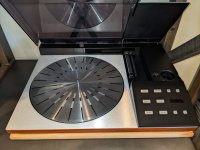
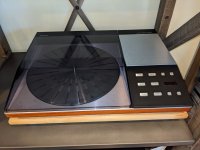
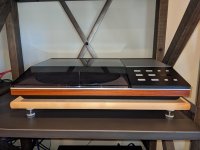
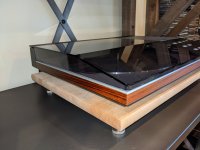
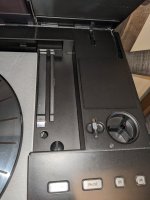


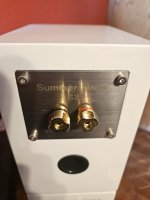
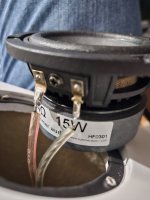
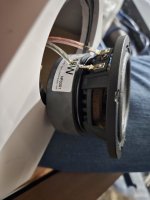
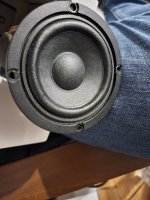
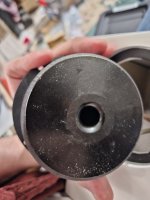
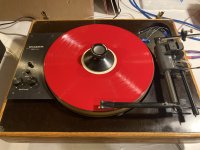
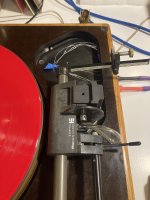
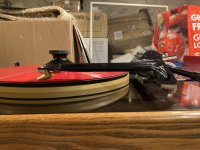
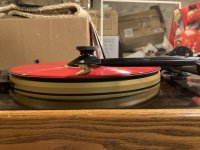
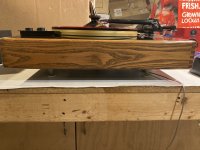
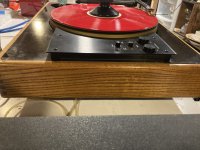
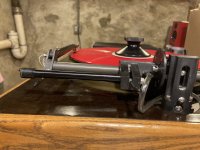
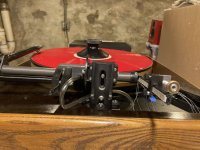
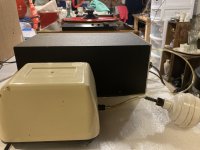
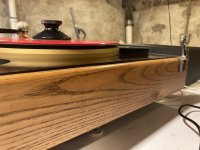
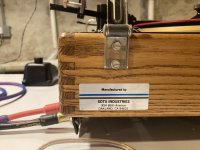
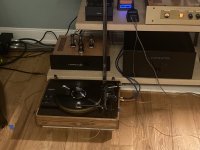
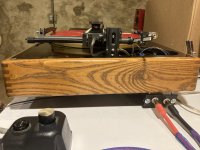
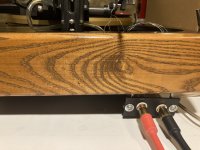
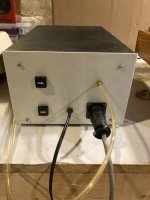
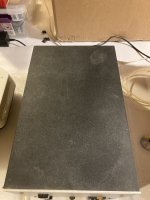
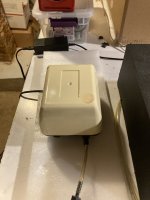
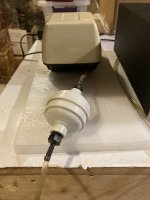
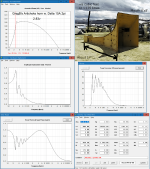
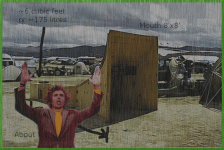
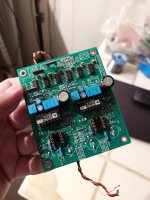
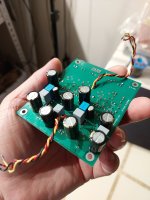
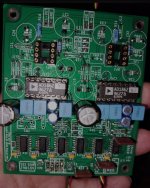
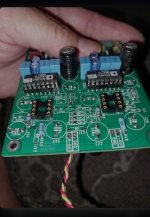
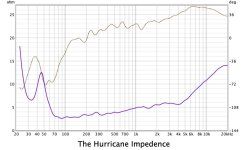
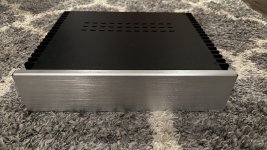

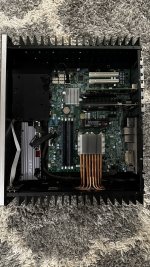
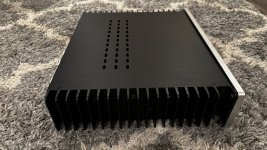
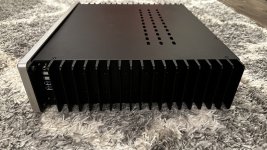
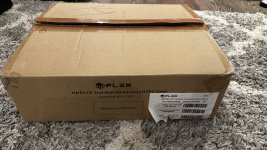

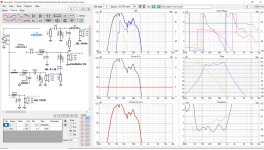
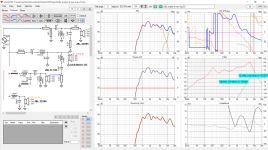
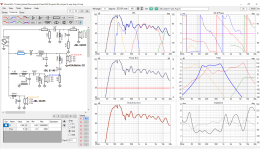
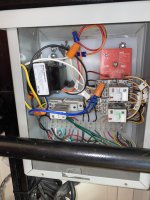
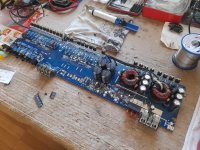
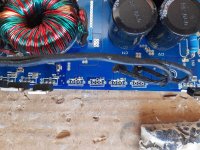
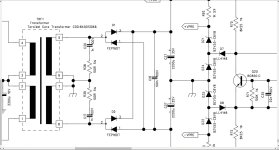
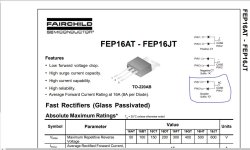
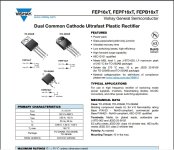





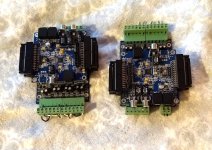
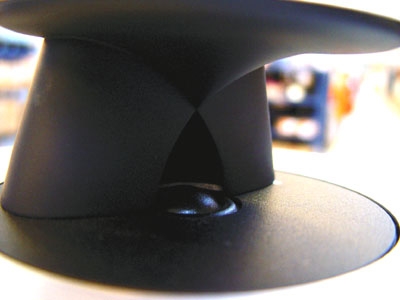
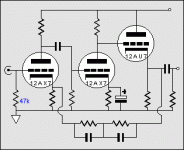
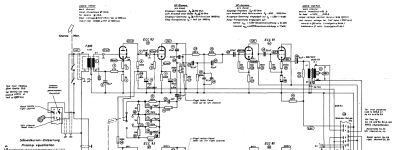
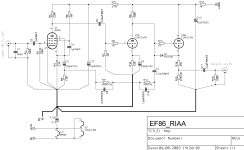
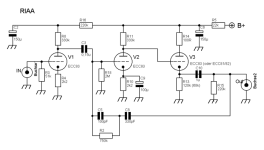


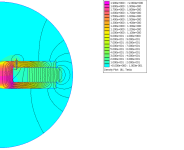

 I guess for the fun. I didn't find a circuit around without transformers or coupling caps. Maybe its good to have on that day where they will stop making complementary bipolars
I guess for the fun. I didn't find a circuit around without transformers or coupling caps. Maybe its good to have on that day where they will stop making complementary bipolars 
